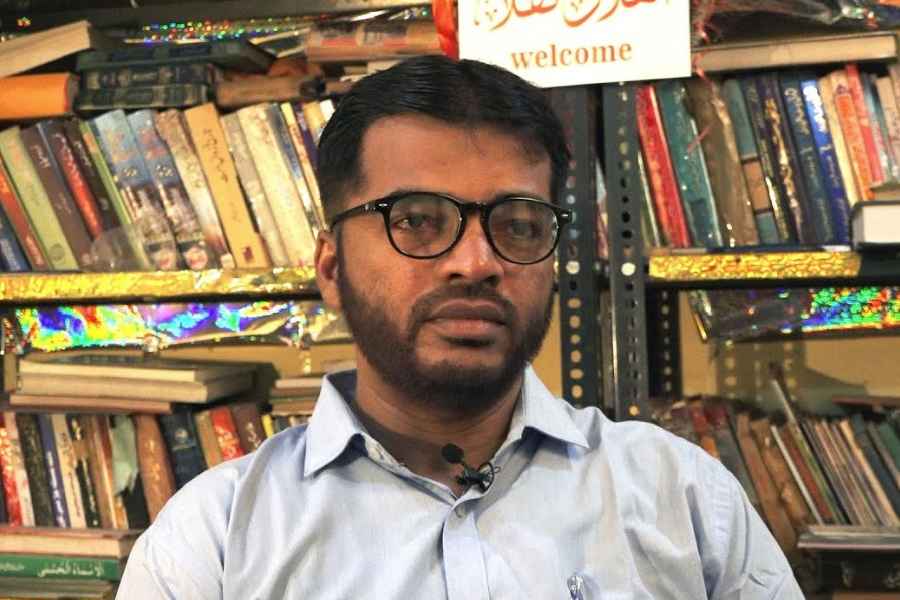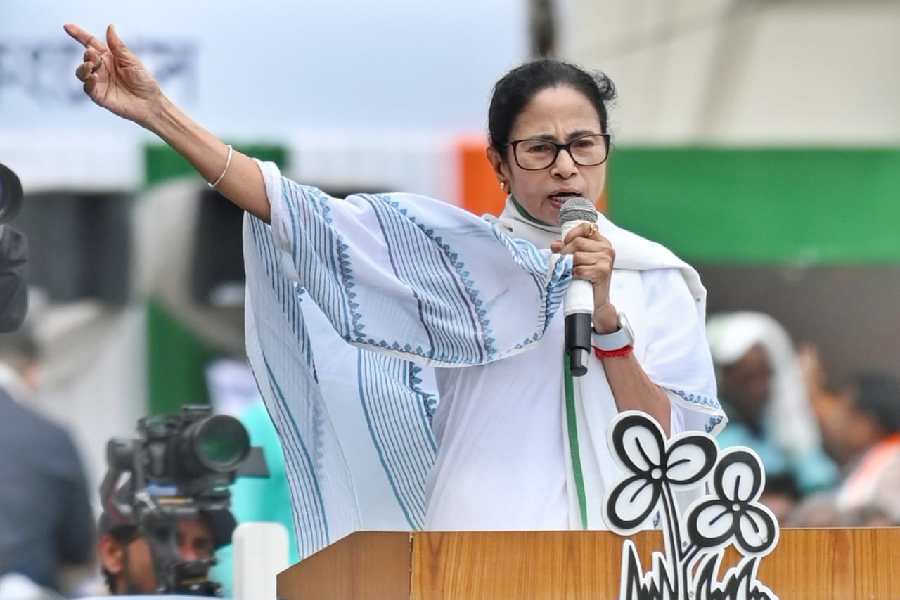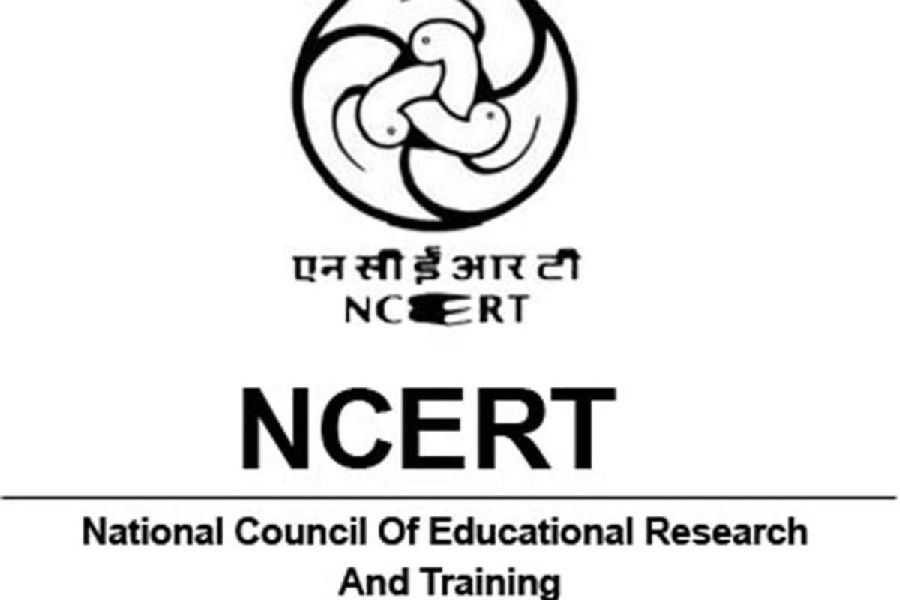|
|
Gandhi’s philosophy and the quest for harmony By Anthony J.Parel, Cambridge, $90
‘Harmony’ is the key principle in Gandhian philosophy. Gandhi took religion, or dharma, as a tool for the emancipation of mankind. B.R. Nanda writes in In Search of Gandhi, “Religion changed Gandhi, but Gandhi also changed religion.” The way in which Gandhi made such a change was by harmonizing the multifarious ideals embedded in the philosophical base of religions. In his book, Anthony J. Parel explores this Gandhian philosophy of harmony in the perspective of purusarthas, or ‘the aims of life’, which functions on four ideas — dharma, artha, kama and moksha.
While the first three deal with the material aspects of transient human existence, and are ‘temporal’, the last one is ‘spiritual’ and hence, eternal. Ancient scholars such asVatsayana and Kautilya were engaged in studying the former, although the six pillars of Indian philosophy — Nyaya, Vaisesika, Yoga, Samkhya, Mimamsa and Vedanta — were dedicated to the deciphering of the spiritual realm of moksha. The spiritual quest eventually gained pre-eminence in the East, while the Western civilization came to be identified with the temporal and material aspects of life. India, a representative icon of Oriental cultures, undertook the guardianship of the spiritual domain.
Gandhi, however, strongly opposed such a dichotomy between the East and the West. Parel shows that his principle of harmony tried to do away with the hierarchy between the two. Gandhi also tried to unify the four principles of purusarthas to transcend all human limitations.
Not that Parel comes up with stunningly new discoveries about Gandhi in his book. But he reassesses Gandhi’s theories in an interesting manner. He argues that Gandhi’s philosophical ideas were founded on two simple things — on the one hand, he reformulated the inherited systems of Indian philosophy, and on the other hand, he severely criticized the tendency of imitating the West. Parel also tries to prove that Gandhi was not an impractical primitivist, something that his devoted admirer, Jawaharlal Nehru, once made him out to be in his autobiography. According to the author, Gandhi was keenly aware of the demands of modern India, and approved of the conditional and qualified use of machine at a later stage of his life. Gandhi was a revisionist; a reading of his later works reveals that he moderated some of his earlier views, expressed in Hind Swaraj, on native industries .
The book is divided in five sections. The first one deals with Gandhi’s ‘reconstitution’ of the four ancient principles of purusarthas on the basis of the philosophy of harmony, while in the next four parts, each of the principles are discussed individually. The book relates Gandhi’s political ethos to his philosophical ideas. The section on artha explores Gandhi’s thoughts on economy. The chapters on dharma, explores its larger implications, such as duty and truth. While discussing the Gandhian notion of kama, Parel shows how sexual and artistic pleasures were interrelated for Gandhi. The latter’s views on moksha, or self-realization, were largely based on his interpretation of the Bhagavad Gita. Parel portrays Gandhi as a far-sighted leader and a questioner, who was never tired of experimenting with various ideas and values while firmly holding to truth.
Each of these aspects could have been developed into a full-length book, given the profundity of Gandhian philosophy. But Parel is successful in putting them all in a single volume, because he presents his theories with remarkable precision.












